Description
WE550 Wind Speed Sensor
Global Water’s Wind Speed Monitoring Solutions
Built for Durability and Performance
- 4-20 mA output: Industry-standard signal for seamless integration with various control systems.
- Marine grade cable with strain relief: Withstands harsh weather conditions and ensures reliable data transmission.
- Fully encapsulated electronics: Protects internal components from moisture and corrosion.
- 1″ mounting elbow: Provides easy and secure installation.
PC320 Wind Speed Alarm and Controller
Global Water’s PC320 Wind Speed Alarm and Controller leverages the wind speed sensor’s output to trigger alarms and activate motors based on user-defined thresholds. This ensures timely intervention and safeguards your operations during critical wind conditions.
GL500 Wind Speed Data Logger: Expand Your Data Acquisition
Upgrade your Wind Speed Monitoring with Data Logging
For comprehensive data analysis, consider the GL500 Wind Speed Data Logger. This complementary solution seamlessly connects to your anemometer’s 4-20 mA output, enabling you to record and store vital wind speed data. Analyze trends, identify patterns, and gain valuable insights to optimize your decision-making.
The Importance of Wind Speed Measurement
Wind Speed: A Critical Factor Across Industries
Wind speed is a crucial weather parameter monitored in various applications, including:
- Meteorology: Predicting weather patterns and forecasting severe weather events.
- Aviation: Ensuring safe aircraft takeoff, landing, and navigation.
- Shipping: Optimizing navigation strategies and ensuring crew and vessel safety.
- Construction: Guiding safe operation of cranes and other heavy machinery.
- Power Generation: Estimating wind farm efficiency and optimizing energy production.
- Wastewater and Landfill Management: Controlling odors and mitigating environmental impact.
Understanding Wind Speed: Causes and Measurement
Wind arises due to air pressure gradients, with air moving from high-pressure zones towards low-pressure systems. The steeper the pressure difference, the stronger the resulting wind. Several other factors influence wind speed, including the Coriolis effect (Earth’s rotation), friction (interaction with land and water surfaces), and land topography.
Wind speed is typically reported in meters per second (m/s) or miles per hour (mph). However, the maritime industry often uses knots (nautical miles per hour), with one knot equating to approximately 1.15 mph or 0.5 m/s.
By incorporating wind speed monitoring into your operations, you gain a vital layer of understanding that can enhance safety, efficiency, and overall success.

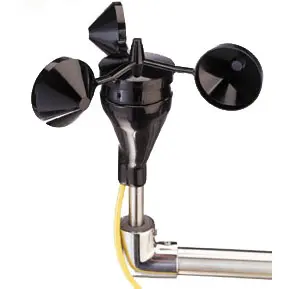
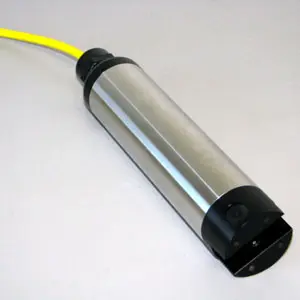
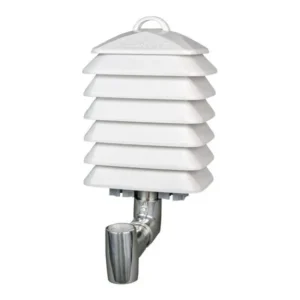
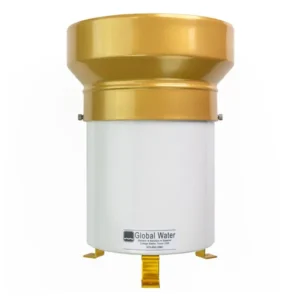
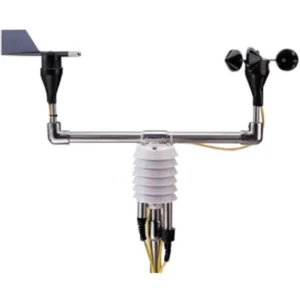
Reviews
There are no reviews yet.